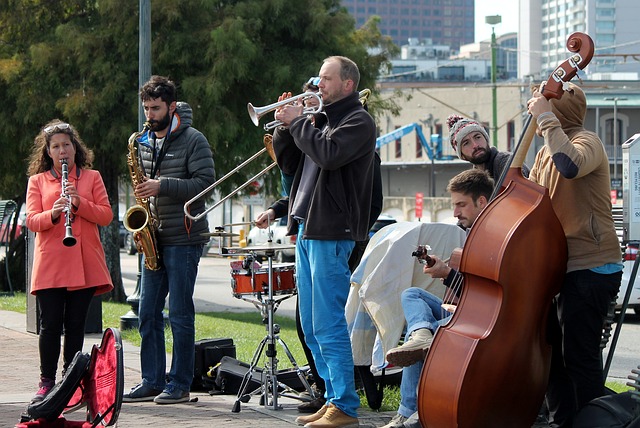Karachi’in Vehicular Mortality Crisis: A Stark Revelation
In the bustling metropolis of Karachi, traffic accidents claimed up to 796 lives this year. The Keamari area stood out as particularly hazardous. As per Chief Karachi Police chief Javed Alam Odho: “We have observed an alarming rise in fatal car crashes over the last two and a half months, mainly due to accelerated construction activities.”
Heavy Vehicles Cause Majority of Accidents
A significant proportion (50%) of these mishaps were attributed directly to heavy vehicles such as dumpers, water tankers, minibuses, trailers and other large machinery. Odho stressed the urgency for more stringent control on their daytime operations: “The plying of heavy vehicles during busy hours has become a matter of concern.”
As part of efforts to curtail this grim trend that claimed 480 lives so far, police arrested up to 7000 drivers. Up to 350 impounded vehicles were involved in the fatal accidents. Odho’s stern remark on bail for these apprehended motorists: “Arrested drivers are not eligible even if charged under non-cognizable offences, and therefore they must seek court approval before applying for their release.”
Curbing Rides During Peak Hours
“Dumpers will be disallowed to ply during the day,” Odho informed. However, vehicles assigned solid waste collection or operating on under-construction Malir Expressway were exempted from this rule as these are essential services: “Heavy commercial vehicles and heavily congested routes such as Superhighway National Highway in West district will allow heavy vehicle movement after 11pm only. However, they won’t be permitted to operate during the day.”
Regional Hotspots for Accidents
Certain areas of districts East, Central and Malir recorded a surge in road fatalities this year: “Godown Chowrangi, Bilal Chowrangi/Vita Chowrangi and 8000 Road are hotspot regions. Metro flyover and Ayesha Complex were identified as key accident sites within Central district.”
Chief Odho announced an initiative for 10-day drive to increase helmet usage among motorcyclists, aiming at reducing the high percentage of 57% fatal accidents that involved them. He stressed: “Only fines will not be sufficient in controlling these tragic occurrences.”
This distressing situation has prompted Odho’s team to launch a massive campaign for road safety, with collaborations planned with local NGOs and institutions such as the Education Foundation (Jugwaria).
The analysis revealed that 64% of all vehicles in Karachi are motorcycles. However, these riders often lacked essential protective gear: “Majority (57%) victims were found to be riding without helmets and driving licences.”
Safety Equipment & Regulations
It was observed that 94% of the motorcycles did not carry a back-view mirror, while about 80% lacked proper front lighting. Odho further stated: “Most accidents involving motorcyclists were caused by misjudgement during lane changes or due to poor road conditions.”
The Karachi Traffic Police have reportedly been working relentlessly on these issues, underscoring the need for safer practices and stricter regulation of heavy vehicle movement in busier hours. The situation is dire but with a united effort from law enforcement agencies to citizens can hope for significant reductions in vehicular mortality rates going forward.

